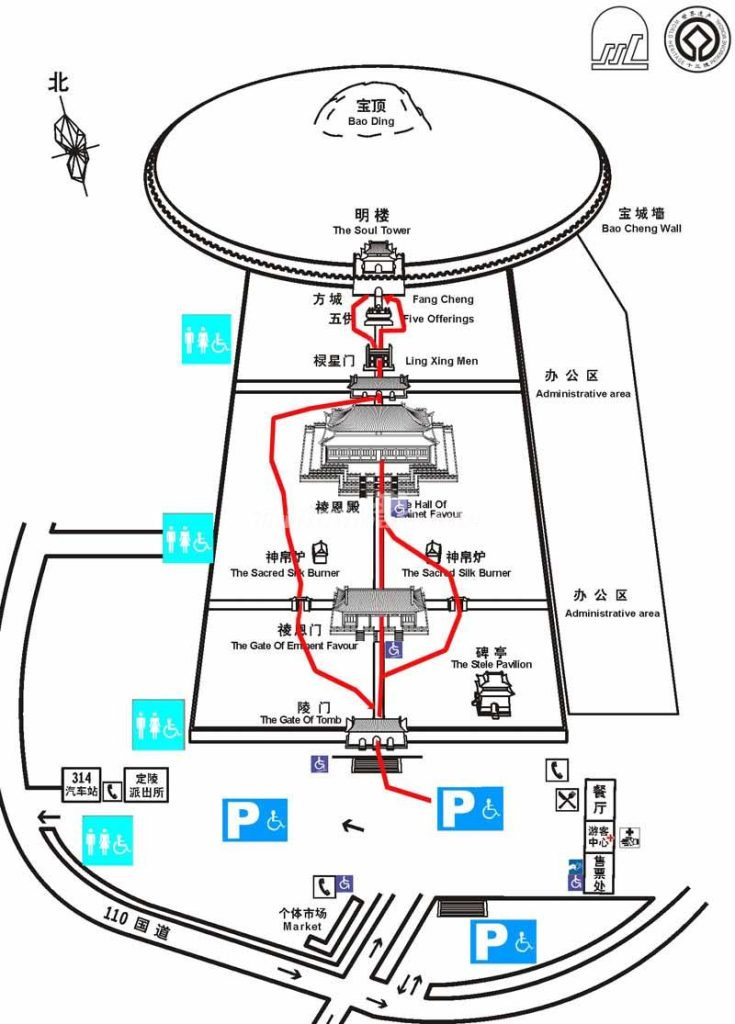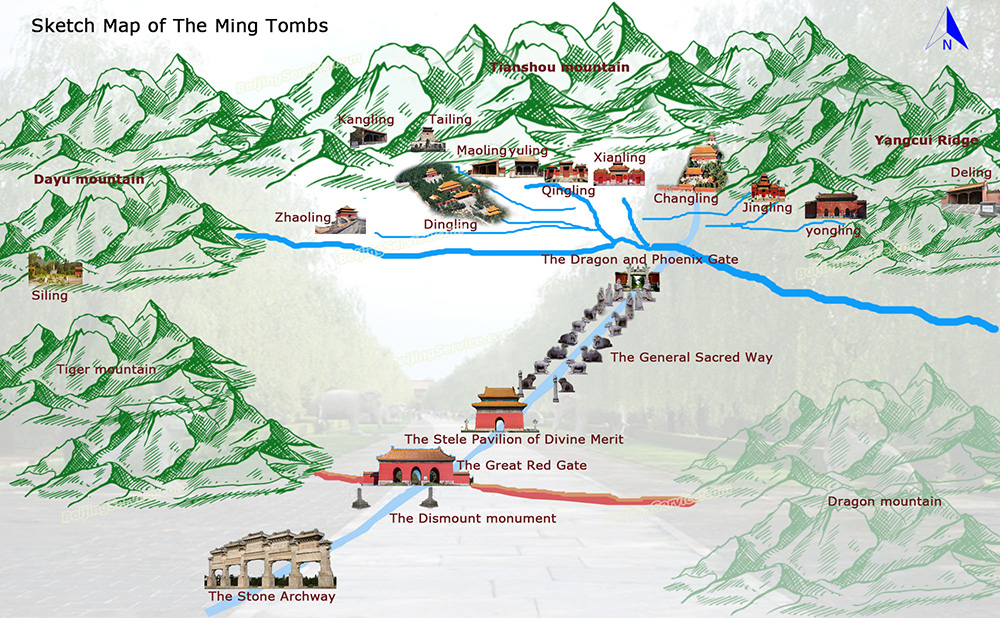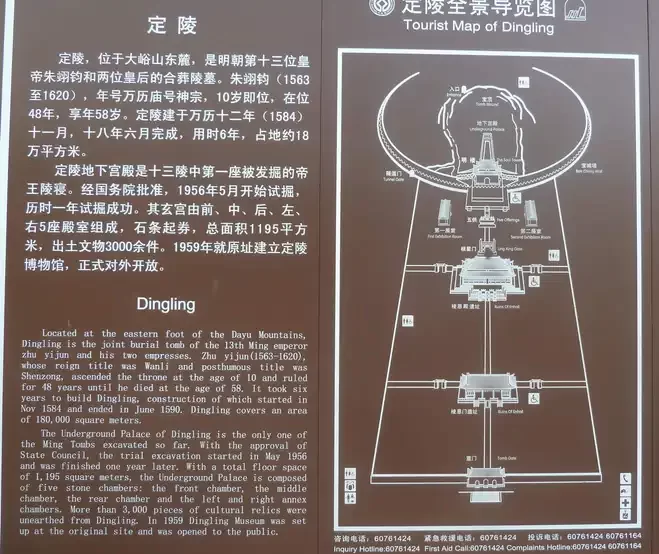Why Travel with Discover Beijing Tours

Unique Experiences
Enjoy a premium trip that goes beyond the typical tourist attractions.

Well-Selected Local Guides
Knowledgeable, enthusiastic, and attentive — your personal local guides will share interesting stories, insider information, and even create unexpected highlights!

Your Booking is Risk-Free
Cancel up to 24 hours before the travel date in advance for a full refund
Popular Beijing Tours
Start from 52USD P/PPrivate Beijing Night Walking Tour with Flag Lowering Ceremony at Tiananmen Square
Start from 158USD P/P6-Hour Private Beijing Tour: Flower and Fish Market, Panjiayuan Antique Market and 798 Art Zone
Start from 218USD P/PPrivate Day Tour to Longqing Gorge and Dingling at the Ming Tombs with Lunch and Boat Ride
Ming Tombs
The Ming Tombs are also known as the ‘Thirteen Ming Tombs’. Buried thirteen emperors of the Ming Dynasty, together with their wives and concubines.
The tombs’ location and structure are classic representations of Chinese Fengshui theory.
The Ming Tombs were listed by UNESCO as World Cultural Heritage in 2003.
History
The construction of the first tomb (Changling Tomb) was started in 1409 by emperor Zhu Di. The area chosen as an auspicious site for the imperial burial grounds was not only beautiful of scenery, but also in an excellent position from a military perspective as the mountains provided a natural defense for the area, as well as for the capital.
Dingling Underground Palace
Ding Ling Underground Palace
Admission: 40 yuan (off-peak season); 60 yuan (peak season)
Opening hours: 8:00 – 5:30 (peak season); 8:30 – 5:00 (off-peak season)
Dingling Mausoleum is the tomb for the 13th emperor Zhu Yijun (1573 – 1620) of the Ming Dynasty and his two expresses, initially constructed in 1584, and accomplished in 1590. The government spent 6 years to built this mausoleum, and the cost of building this mausoleum was equal to two years of tax revenues of the empire that time.
Between 1956 and 1958 the government of the People’s Republic of China appointed archaeologists to excavate Dingling Mausoleum and found nearly 3,000 items of treasures, among which many are extremely rare gems.
In 1959, the government erected a museum on the site and since then, Dingling Mausoleum has been open to the public.
Chang Ling (Tomb of the Yongle Emperor)
In 1409, Emperor Zhu Di built Changling Tomb. He was the first emperor of the Ming Dynasty to build a tomb.Changling Tomb is the largest and the most completely preserved among these tombs.
The Changling tomb complex consists of a number of buildings including the Stone Gateway. The grand hall which is made of a rare type of hardwood known as Phoebe nanmu. In the centre of the hall is a statue of Yong Le.You will find gateway and five glazed pottery altar sacrificial vessels into which many tourists throw money, which is said to bring them luck. You will also find the Soul Tower, which contains a stele inscribed with the name of the emperor. The tomb of the Emperor and Empress is located below the earth mound, which would have been accessed via the Spirit Tower. The mound is surrounded by a wall, the purpose of which is to protect the tomb but also to retain the earth used for the tomb mound.
The Ming Tombs were listed as a UNESCO World Heritage Site in 2003, together with the tombs of the Qing Dynasties.
The Scared Way
The name “Sacred Way” literally means ‘a walk to heaven’. Chinese believe, an emperor descended from heaven and returned through the walkway after died. Emperors were referred to as the sons of Heaven.
The walkway starts at a stone memorial archway and ends at the gate of Chang Ling mausoleum. You can find variety of features including the Great Red Gate, Stone Memorial Archway, and the Stele Pavilion, the Dragon and Phoenix Gate and the Five-Arch Bridge.
The procession starts with four lions, four xiezhai (mythical beasts with a single horn), four elephants, four qilin and four horses. In each group one pair is standing and the other kneeling. The human figures are four military officials, four civil officials and four meritorious officials. The stone figures are heroically shaped and graphically carved. The big statues are each carved from a single piece of white marble and are wonderful ancient art objects. All these stone carvings were the works in the early Ming Dynasty built more than five hundred and forty years ago.





